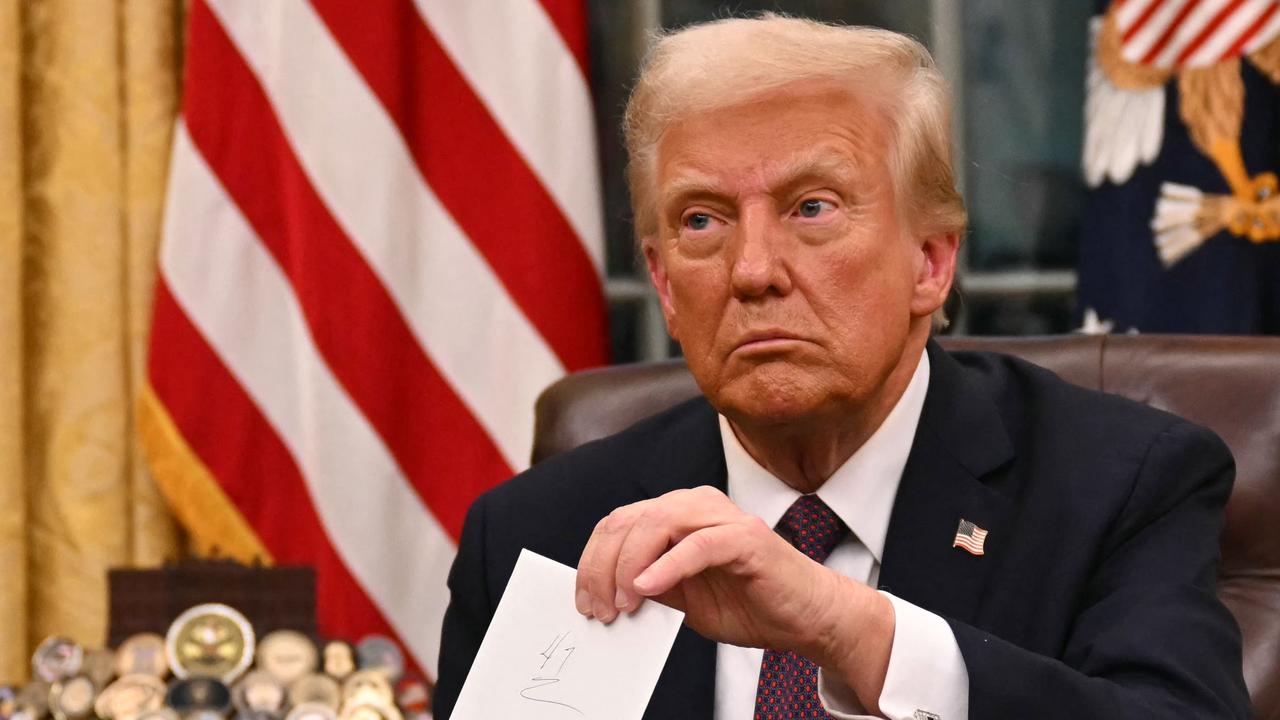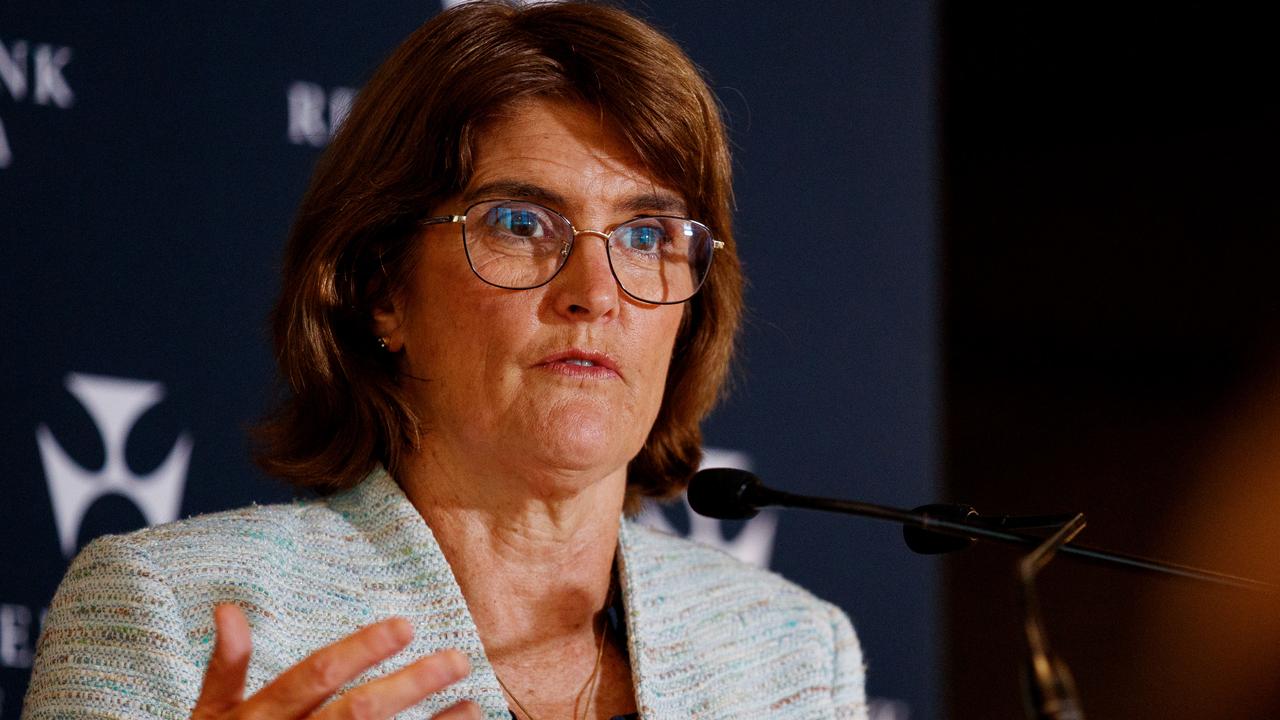Australia’s central bank has left interest rates on hold
Australia’s official interest rates have been kept at a historic low after the Reserve Bank’s monthly meeting.
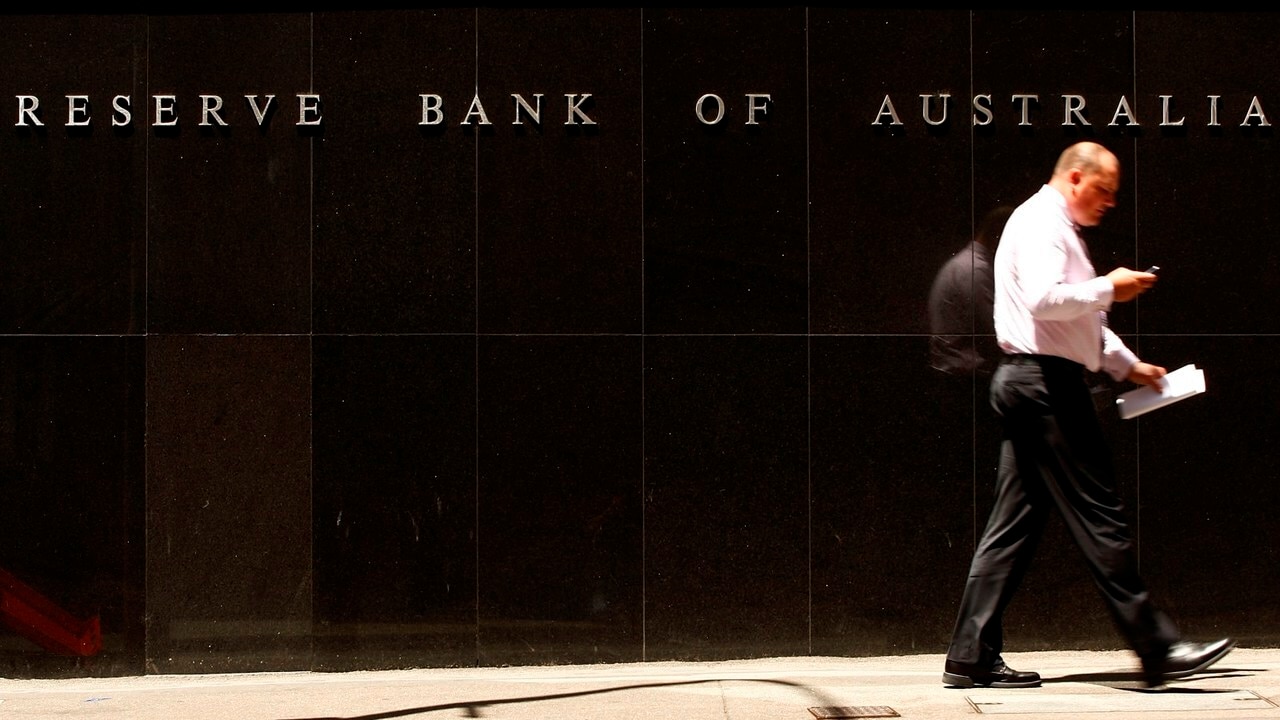
Interest Rates
Don't miss out on the headlines from Interest Rates. Followed categories will be added to My News.
Australia’s cash rate has been left on hold at the record low level of 0.10 per cent.
The Reserve Bank of Australia decided on Tuesday to keep official interest rates on hold for the eight consecutive month.
The central bank slashed the cash rate to 0.10 per cent in November in a bid to support the Australian economy’s recovery from the pandemic.
RBA governor Philip Lowe said on Tuesday Australia’s economic recovery was stronger earlier than expected, with the growth forecast to continue.
In response, the central bank has put the brakes on stimulus, with its bond purchasing program — which has resulted in lower funding costs for Australian borrowers — to be cut.
From September, the central bank will continue to buy government bonds at the rate of $4 billion a week, down from the current $5 billion.
However, Mr Lowe insists it’s not a withdrawal of support by the RBA, which will continue buying bonds until there is clear evidence the stronger economy is translating into wage growth and a rise in inflation.
“We are still well short of our goals for full employment and inflation,” he said.
“This means that a continuation of monetary support through bond purchases is appropriate.”
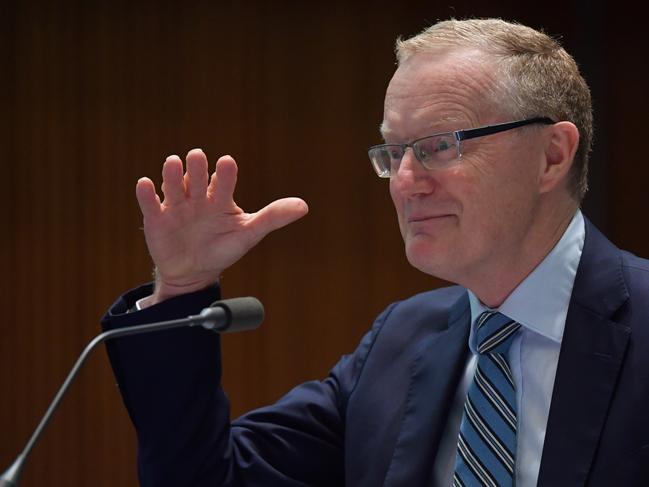
The RBA has repeatedly said it will not increase the cash rate – the interest charged on unsecured overnight loans between banks – until inflation is sustainably within the two to three per cent target range.
For inflation to reach this level, it’s likely wages growth will need to exceed three per cent and the governor expects that will take “a few years”.
As such, it’s unlikely to hike rates until at least 2024.
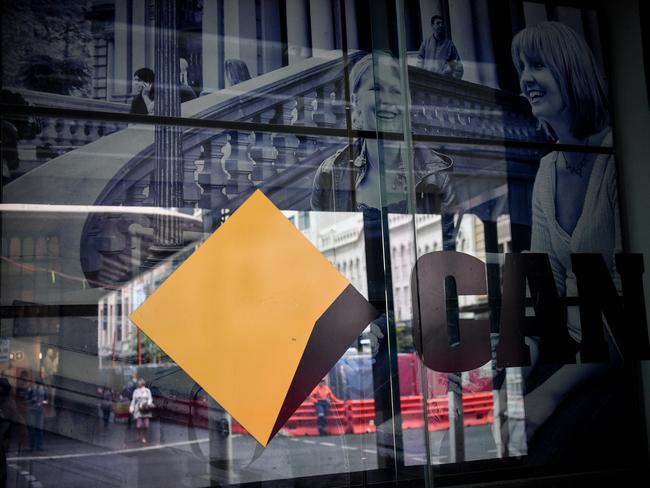
“The board remains committed to maintaining highly supportive monetary conditions to support a return to full employment in Australia and inflation consistent with the target,” Mr Lowe said.
While recent events are a reminder of the difficulty of predicting the future, it’s also possible there will be further positive surprises for the economy, the bank says.
“For most of this year we have had a run of better than expected data, and it’s entirely possible that this could continue,” Mr Lowe added.
One issue the bank is carefully watching is how the balance of supply and demand in the jobs market is being affected by the closure of international borders.
“There have been increased reports of labour shortages in parts of the country, and it has been a step up in wage increases for some occupations,” Mr Lowe said.
“Even so, wage increases for most Australians are still modest, and the expected pick-up in overall wages growth and prices is forecast to be only gradual. So that’s the backdrop against which we made our decisions today.”
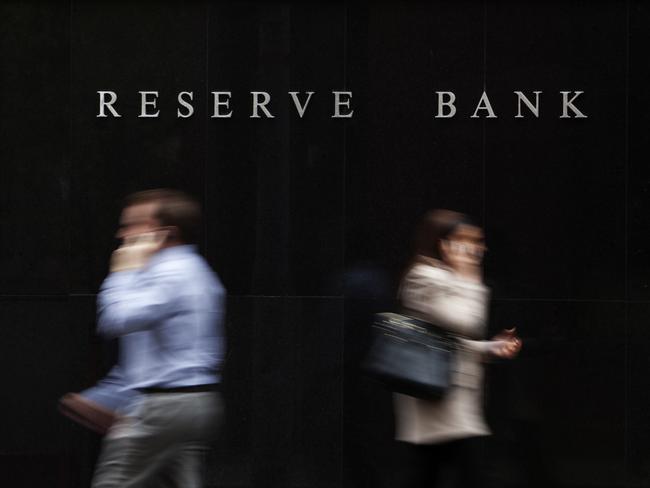
The bank will continue to monitor the continuing strength of the housing market, with prices rising in all major markets.
“Housing credit growth has picked up, with strong demand from owner-occupiers, including first-home buyers,” Mr Lowe said.
“There has also been increased borrowing by investors. Given the environment of rising housing prices and low interest rates, the bank will be monitoring trends in housing borrowing carefully and it is important that lending standards are maintained.”
Originally published as Australia’s central bank has left interest rates on hold


